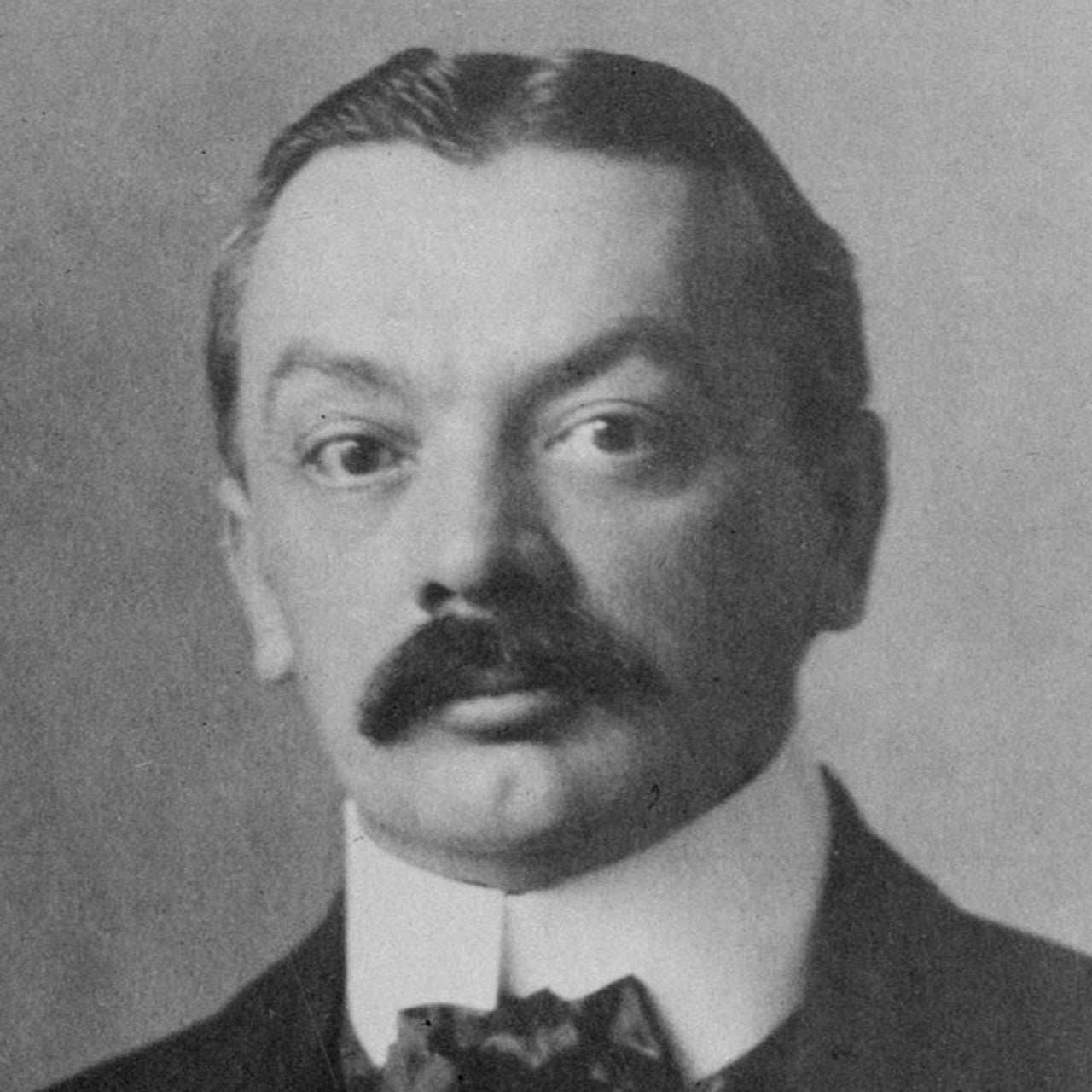
Koloman Moser
Koloman Moser (1868 -1918) was born in Vienna, Austria and studied at the Akademie der Bildendend Künste (Academy of Fine Arts)and the Kunstgewerbeschule (School of Applied Arts) in Vienna, where he also taught from 1899.
In 1897 he founded the Vienna Secession with Josef Hoffmann, Joseph Maria Olbrich, Gustav Klimt and a number of other artists. He was one of the designers for Austria's leading art journal Ver Sacrum. This art journal paid great attention to design and was designed mainly by Moser, Gustav Klimt and Josef Hoffmann. He left the Secession in 1905 to establish the Wiener Werkstätte with Josef Hoffmann and banker Fritz Wärndorfer. Spearheaded by Moser and Hoffman, this collaborative artistic association was to regroup designers and craftsmen. The goal of the collaborative was two -pronged as they wished to simultaneously elevate the statute of craftsmanship and position of decorative arts. Its studios and artisans produced a number of aesthetically and functionally designed household goods, including glassware, flatware, silverware, rugs and textiles.
Moser exerted considerable influence on twentieth-century graphic art. His designs in architecture, furniture, jewelry, graphics, and tapestries helped characterize the work of this era. Moser drew upon the clean lines and repetitive motifs of classical Greek and Roman art and architecture in reaction to the Baroque decadence of his turn-of-the-century Viennese surroundings. Moser designed a wide array of art works, including books and graphic works from postage stamps to magazine vignettes; fashion; stained glass windows, porcelains and ceramics, blown glass, tableware, silver, jewelry, and furniture.
-
Previous
- Page 1 of 1
-
Next


















